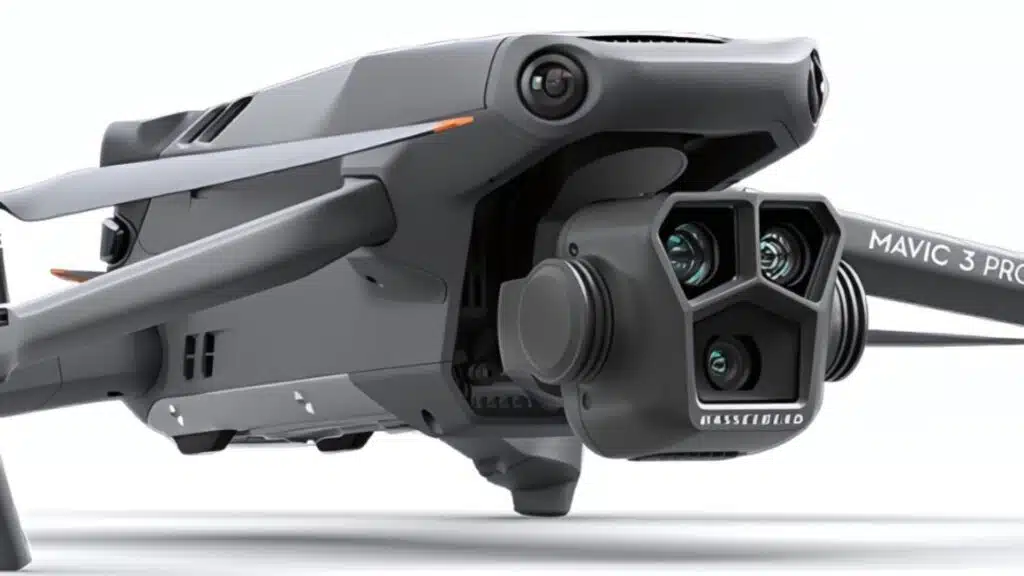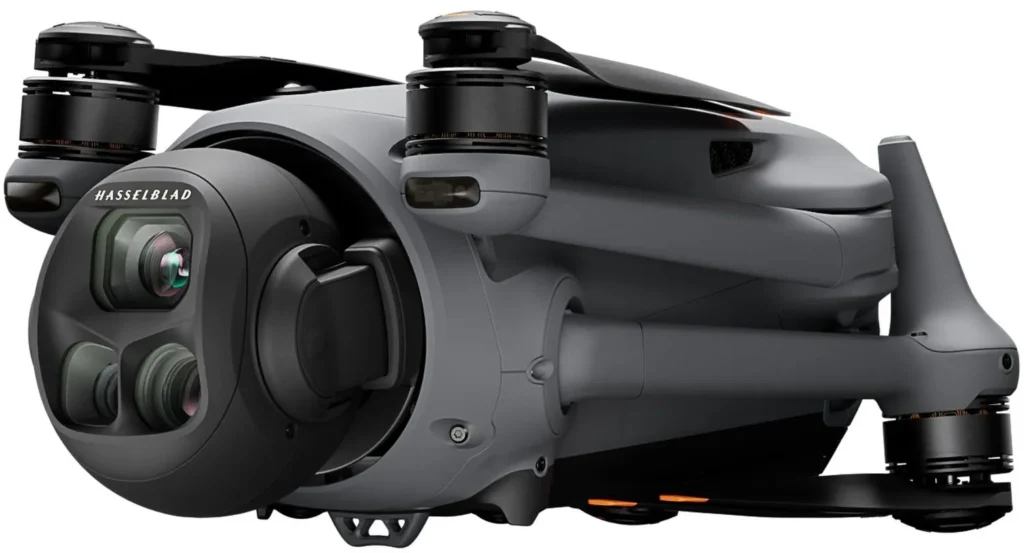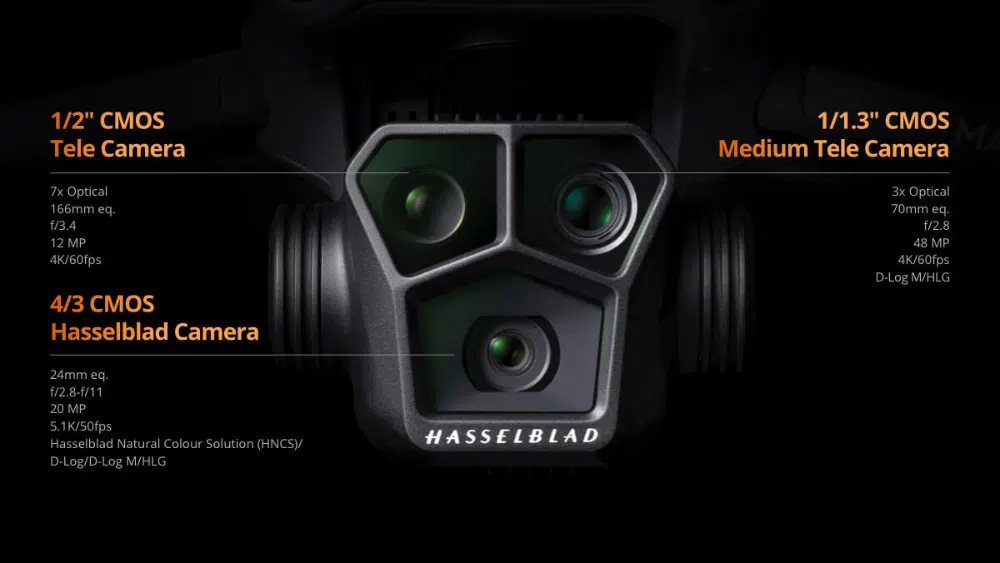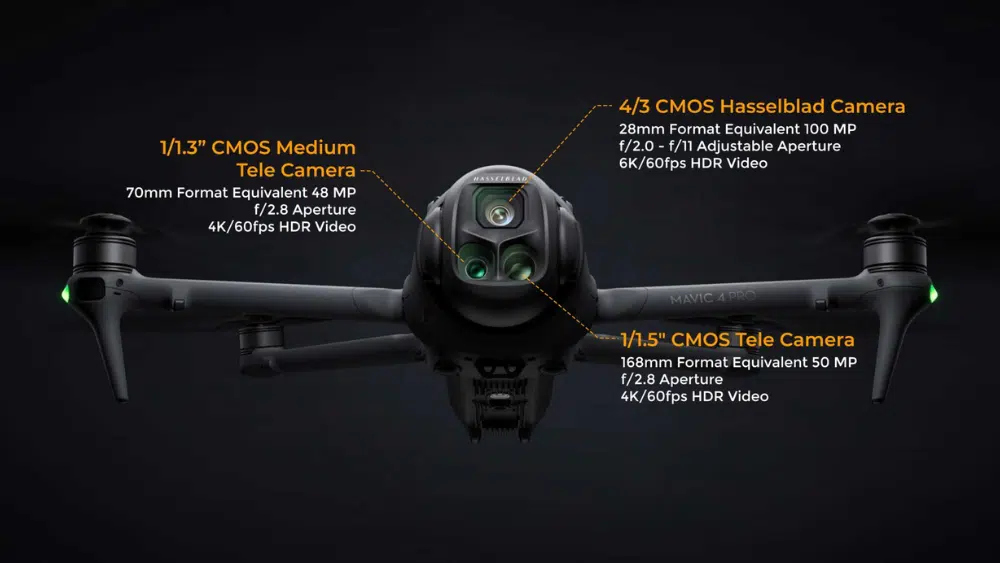For content creators, aerial photography is all about clarity, flexibility, and creative control. DJI’s flagship drones—the Mavic 3 Pro and the newly released Mavic 4 Pro—are top-tier options. This post dives into their camera systems, image quality, and user experience to help you decide which is best suited for your creative workflow.
Design and Build


The DJI Mavic 3 Pro and Mavic 4 Pro both embrace DJI’s signature foldable design, offering portability without compromising structural strength. The Mavic 3 Pro features a lightweight magnesium-alloy frame with a clean matte finish, making it ideal for creators on the go. In contrast, the Mavic 4 Pro elevates this with reinforced carbon fiber elements and a slightly more robust build to accommodate its enhanced components. Despite weighing slightly more, the Mavic 4 Pro benefits from a better center of gravity and improved balance in flight, especially under challenging conditions.
Design-wise, the Mavic 4 Pro also introduces a significant upgrade with its new Infinity Gimbal, capable of 360-degree yaw rotation and vertical tilt—perfect for dynamic and social media-ready shooting angles. It also improves cooling with redesigned air vents, ensuring better heat dissipation during intensive 6K video recording. Aesthetically, the 4 Pro carries a sleeker, more refined look with tighter seams and a smoother surface finish, giving it a premium feel. Both drones are engineered for durability, but the Mavic 4 Pro stands out with its superior craftsmanship tailored for high-performance, professional use.
Camera Capabilities


The DJI Mavic 3 Pro comes equipped with a powerful triple-camera system, featuring a 20MP 4/3-inch Hasselblad sensor, a 48MP medium telephoto, and a 12MP long telephoto lens. This setup offers solid versatility for creators, allowing for wide, mid-range, and zoom shots. It delivers excellent dynamic range, sharp 5.1K video, and 10-bit color depth, making it a reliable choice for professional-grade aerial photography. However, its color profiles are somewhat limited on the telephoto lenses, and vertical shooting requires cropping in post.
The Mavic 4 Pro takes imaging to a new level with a major sensor upgrade—a 100MP 4/3-inch Hasselblad main sensor with 10-bit D-Log and D-Log M support across all three lenses, including a 48MP medium tele and a 50MP long tele. This ensures consistent color grading, sharper detail, and better low-light performance across all focal lengths. It also supports native vertical shooting and introduces 6K video at 60fps, making it ideal for cinematic workflows and social media formats alike. Combined with its enhanced image stabilization and dynamic range, the Mavic 4 Pro sets a new benchmark in aerial camera capabilities.
| Feature | DJI Mavic 4 Pro | DJI Mavic 3 Pro |
|---|---|---|
| Main Camera Sensor | 4/3″ CMOS, 100 MP | 4/3″ CMOS, 20 MP |
| Telephoto Cameras | 48 MP (medium), 50 MP (long) | 48 MP (medium), 12 MP (long) |
| Max Video Resolution | 6K @ 60fps | 5.1K @ 50fps |
| Color Profiles | D-Log, D-Log M on all lenses | D-Log on main camera only |
| Gimbal Capability | 360° Infinity Gimbal, vertical shooting | 3-axis gimbal, no vertical shooting |
| Flight Time | Up to 51 minutes | Up to 43 minutes |
| Obstacle Avoidance | Omnidirectional with LiDAR & night vision | Omnidirectional sensors |
| Transmission Range | Up to 30 km (O4+) | Up to 15 km (O3+) |
| Internal Storage | Up to 512 GB SSD (Cine version) | Up to 1 TB SSD (Cine version) |
| Controller | RC 2 / RC Pro 2 (7″ mini-LED, 2000-nits) | RC / RC Pro (5.5″ screen) |
| Weight | ~1030 g | ~958 g |
| Vertical Shooting | Yes (native sensor use) | No (requires cropping) |
| Use Case | Pro filmmaking, advanced creators | Enthusiasts, semi-pros |


